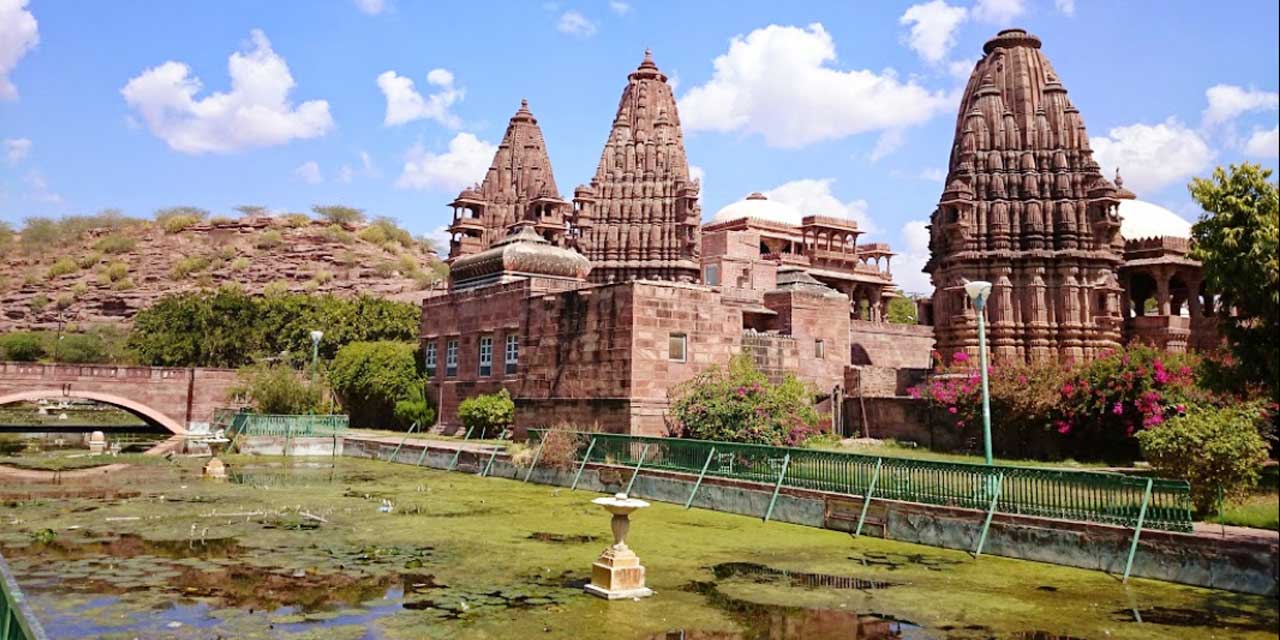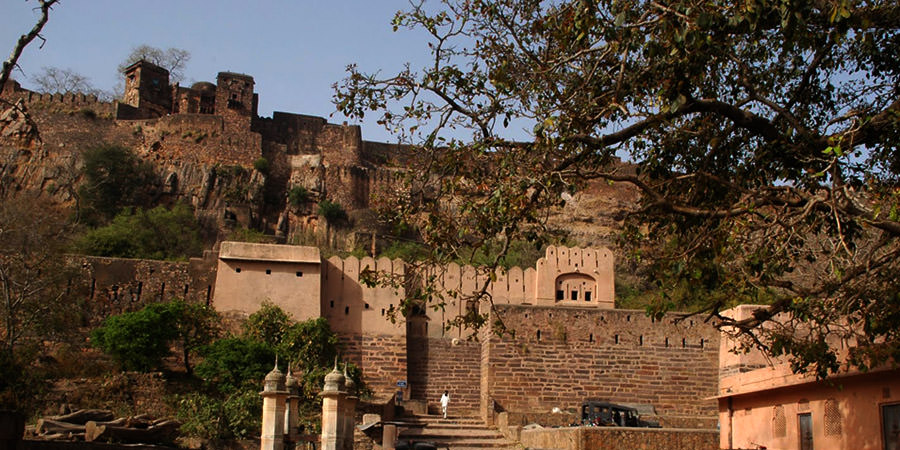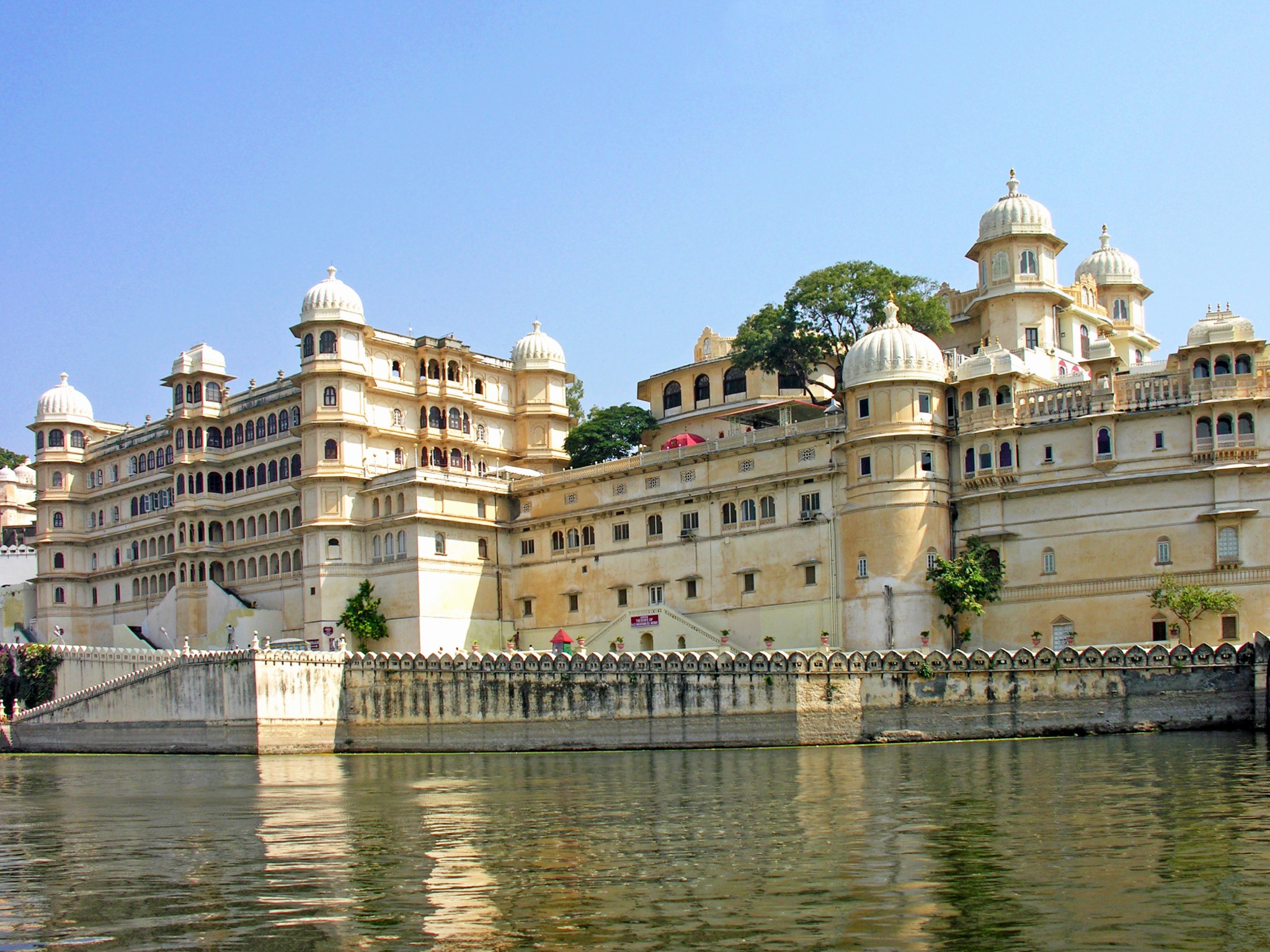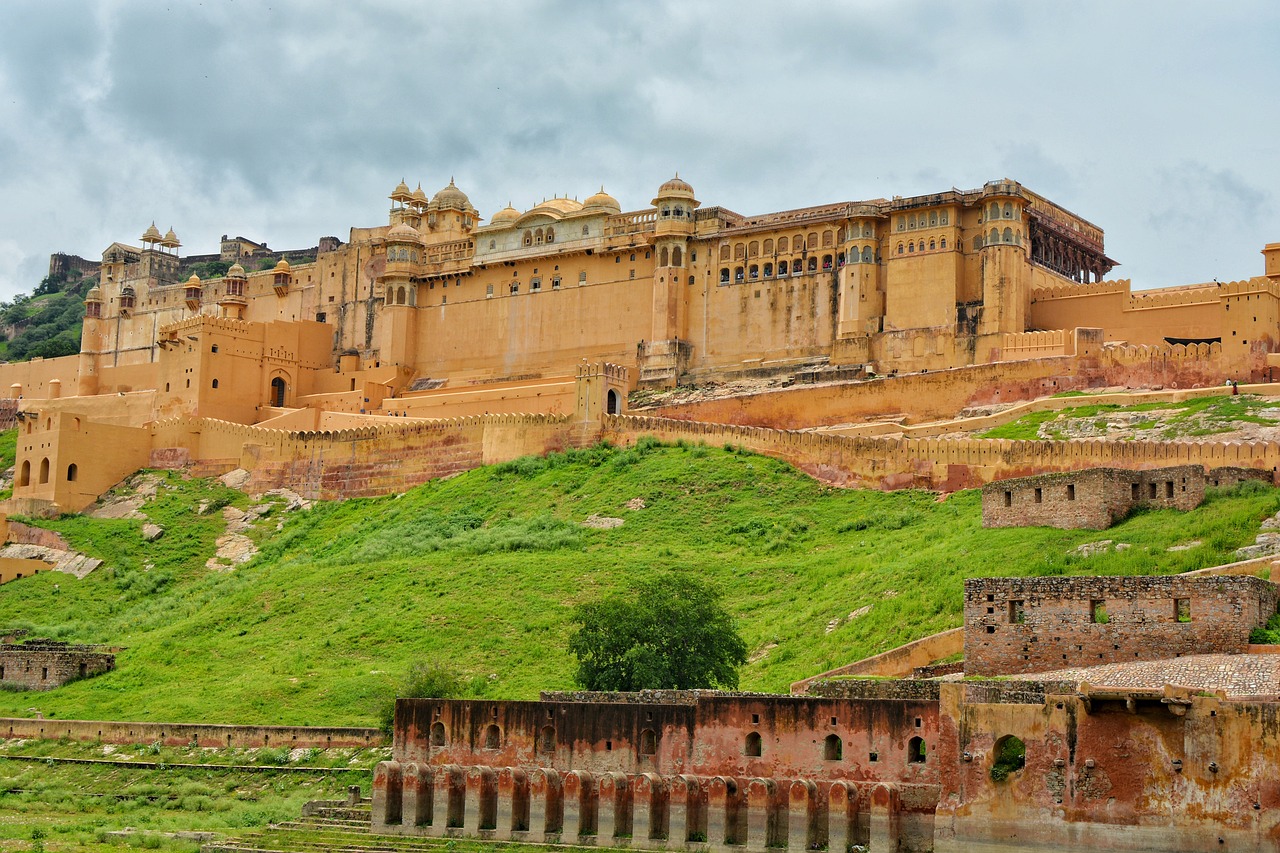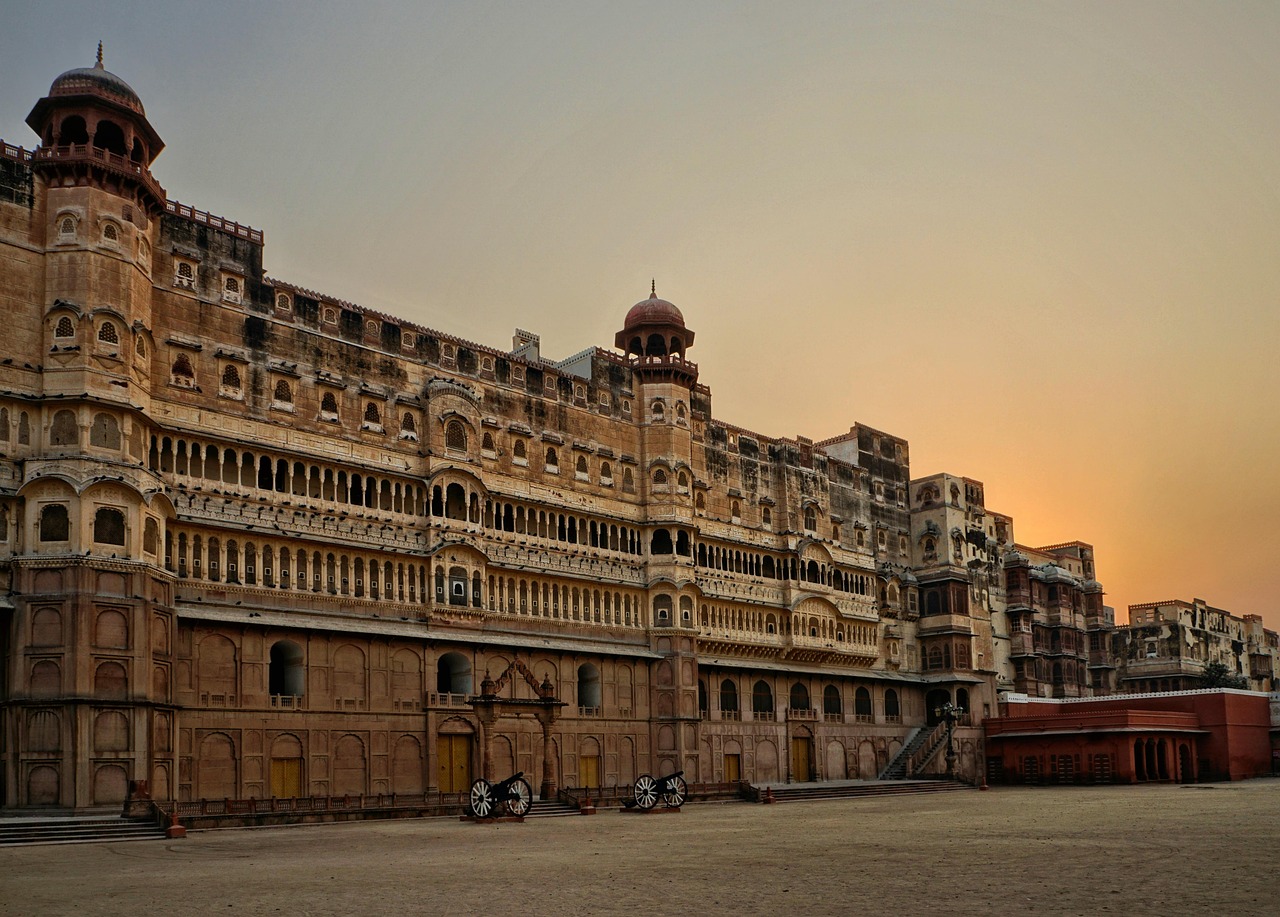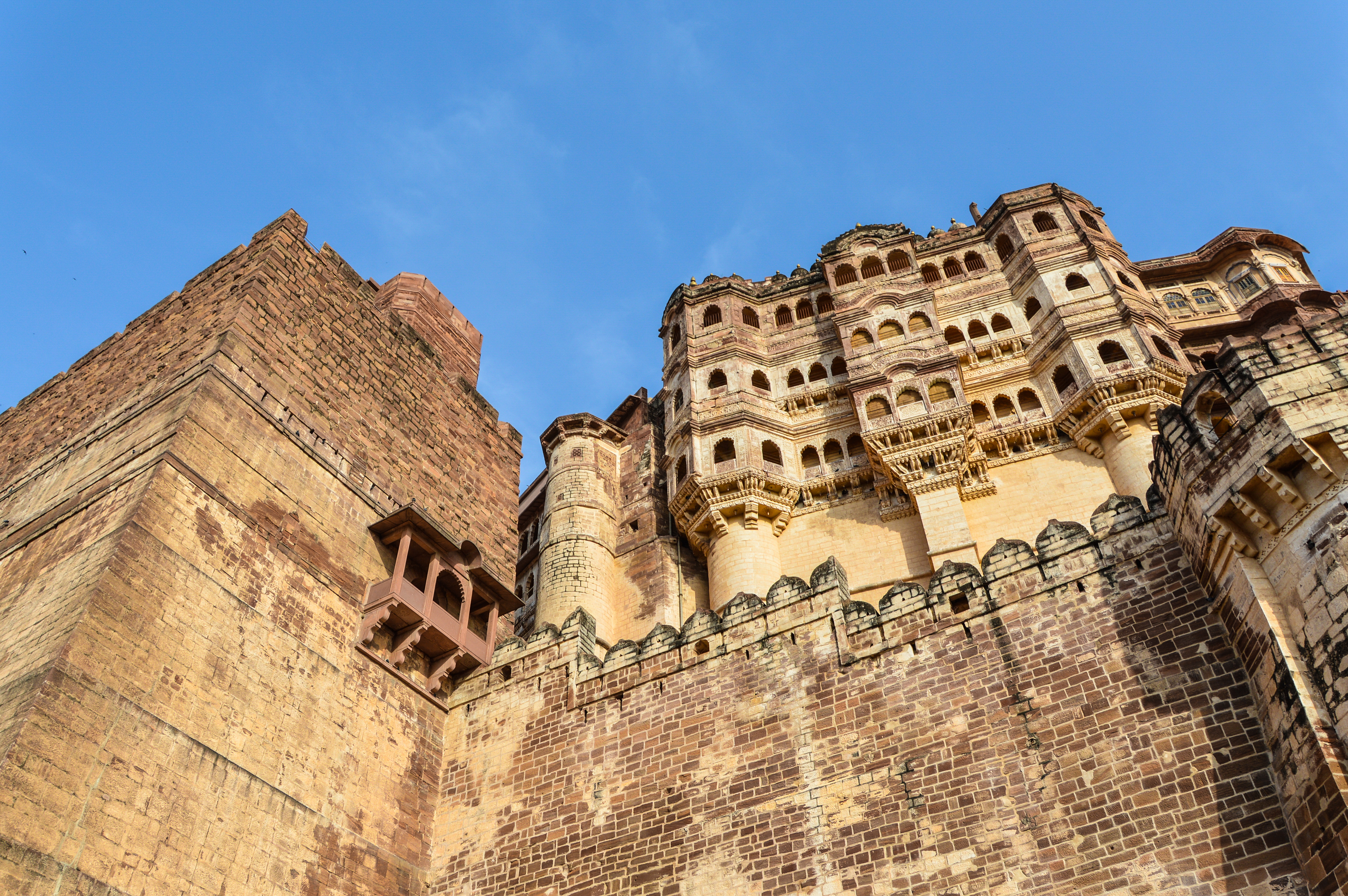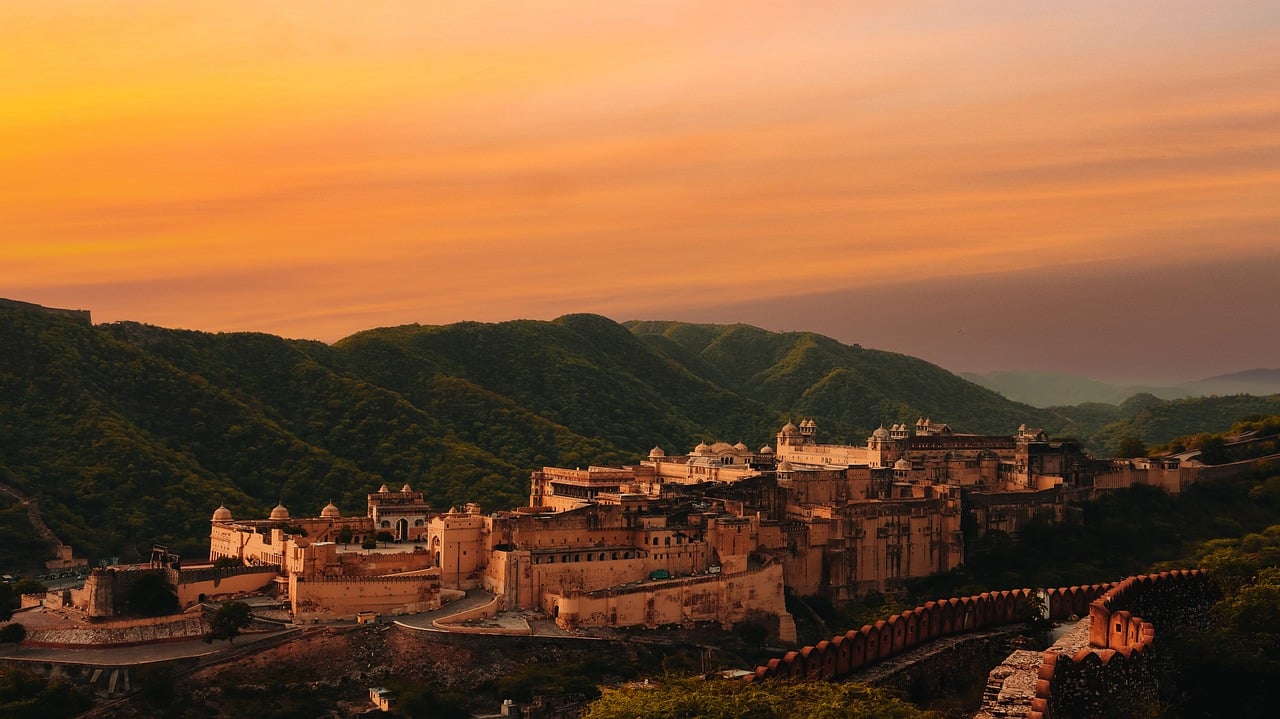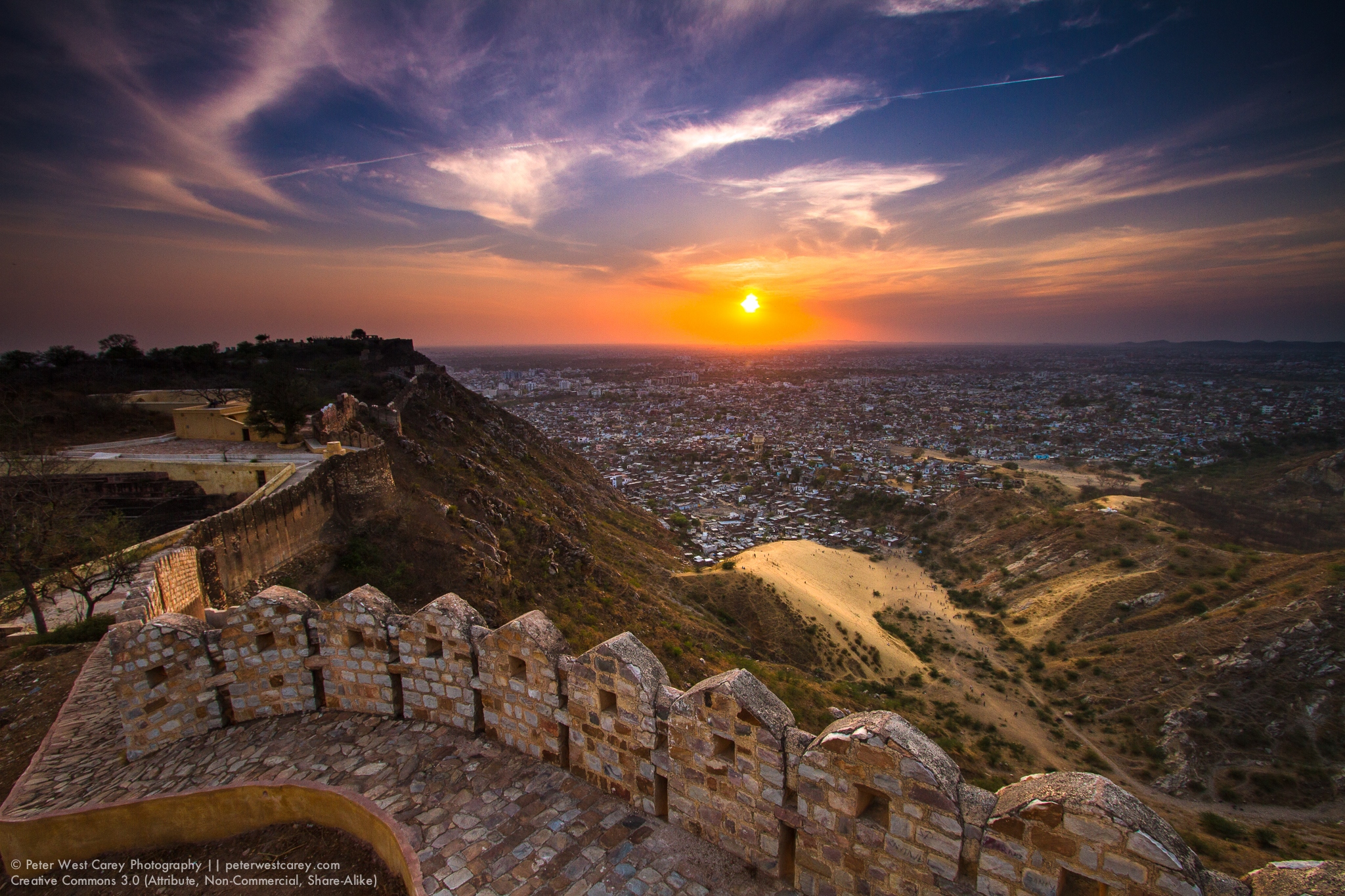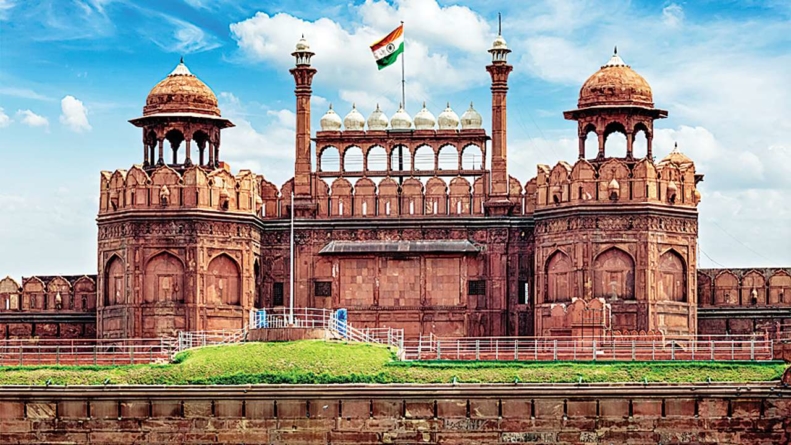Lal Quila : The zenith of The Mughal creativity
The Red Fort, one of the splendid and well-structured monuments in the world. The Indian Prime Minister hoists the national flag at the Red Fort and also gave a speech from the parapets. The popular destination in Delhi is also a renowned tourist spot in the state. The fort has a charming magnetism.
A historic fort in the capital state of India was once the residence of the Mughal emperors around 200 years before till the year 1856. It is positioned at the center of Delhi.
Contents
Overview
The Red Fort was built by the 5th Mughal King named Shah Jahan as the palace of his equipped capital Shahjahanabad. The fort is named for its huge encircled red walls made up of Red sandstone adjoining an ancient fort Salimgarh fort which was constructed by Islam Shah Suri. This incredible fort comprises a row of buildings interconnected with the small water channels renowned as the “Nahr-i-Bihisht” signifies the Stream of Paradise. The fort is established according to the Islamic patterns, each of the building depicts the essence of Mughals touch in it. That building reflects the Persian culture touch.
In 1747, the artwork and jewels of the fort were looted of in the period of Nadir Shah’s conquest of the Mughal Empire. A large amount of the fort’s exquisite marble structures were consequently demolished by the Britishers resulting the Revolt of 1857 the fort’s defensive walls were essentially safe, and the fort was later used as a military base. The Fort was likewise the place where the British put the former Mughal Emperor on provisional before banishing him to Yangon in 1858.

Major Structures of Lal Quila (Red Fort Delhi)
Lahori Gate
The Lahori Gate is the main gate to the Red Fort, named for its orientation towards the city of Lahore. On occasion of Independence Day, the national flag has flown and the Prime Minister of India has made a speech from its ramparts.
Delhi Gate
The Delhi Gate is the southern public gate it is similar to the Lahori Gate.
Chhatta Chowk
A nearby market to Lahori gate is Chhatta Chowk. During the Mughal period the household products, silk clothe and jewelry sold in that period. It is an open space market where north and South Street over cross each other.
Diwan-i-Aam
Diwan-i-Aam is the audience hall for the general public, where the king used to hear some problems of the general public. It is encircled with the guarded galleries. The audience hall was designed by the white chunam stucco. Emperor used to stand up and listen to the problems from a jharokha.
Diwan-i-Khas
A hall for private audience designed with white shine marble and precious stones. During the 17th century, it was crowned with peacock throne by Francois Bernier. There is an inscription by a famous poet Amir Khusrow at the outer walls of the hall.

Important Facts about Lal Quila/ Red Fort-Delhi
- The Red Fort was the residence of the Mughal emperor of India for nearly 200 years
- It is located in the center of Delhi.
- Red Fort was the ceremonial and political center of Mughal government.
- It was constructed by Shah Jahan.
- Lal Quila Named for its massive defensive walls of red sandstone.
- The Red Fort is considered to represent the zenith of Mughal creativity under Shah Jahan.
- The fort was originally known as the “Blessed Fort”, Quila-i-Mubarak.
- Emperor Shah Jahan commissioned the construction of the Red Fort in 1638.
- It took ten years to complete the construction in 1648.
- The fort is situated on the bank of Yamuna River.
- Its Main architect is Ustad Ahmad Lahauri, the same architect who constructed The Taj Mahal
- Construction began in the sacred month of Muharram, on 13 May 1638.
- Red Fort was originally in white color The British painted it red.
- Every year on 15 August (Independence Day), Prime Minister of India hoists the national flag here.
- Every year on 26 January (Republic day of India), President of India hoists the national flag here.
- The Red Fort is surrounded by a big wall to protect it from the external attacks.
- The fort has two entrances- Lahore gate and the Delhi gate.
- The shape of this fort is octagon and it covers 256 acres of land.
- In 2007 Red Fort was declared as a world heritage site by UNESCO.
- The Famous Kohinoor diamond (One of world’s largest Diamond) was part of the furniture of Emperor Shah Jahaan, it is now part of England’s royal Crown Jewels collection.
- British government sold the Red Fort Valuables after the end of Mughal reign (1858).
- In 1863, British destroyed many buildings inside and outside the fort filled up the gardens.
Highlights Of Lal Quila, Delhi
|
Area of Red Fort
|
254.67 acres (103.06 ha)
|
|
Length of defensive walls of Red Fort
|
2.41 kilometers (1.50 mi)
|
|
Height Of Wall (River Side )
|
18 meters (59 ft)
|
|
Height Of Wall (City Side )
|
33 meters (108 ft)
|
|
Fort Design
|
octagonal
|
|
Architecture Style
|
Mughal architecture
|
|
Building Material
|
Marble, Stone
|
|
Architect
|
Ustad Ahmad Lahauri
|
|
Attraction
|
Beautiful artifacts, Museum and sound and light show
|
|
Completed in
|
1648
|
Security Of Lal Quila
How To Visit
|
Location
|
Netaji Subhash Marg
|
|
Nearest Metro Station
|
Chandni Chowk
|
|
Open
|
Tuesday-Sunday
|
|
Closed
|
Monday
|
|
Timings
|
Sunrise to Sunset
|
|
Entry Fee For Indian
|
INR 10
|
|
Entry Fee For Indian foreigners
|
INR 250
|
|
Photography Fee
|
Nil
|
|
Videography
|
INR 25
|
|
Sound & Light Shows Time
|
6 pm
|
|
Sound & Light Shows Fee for adult
|
INR 80
|
|
Sound & Light Shows Fee for Children
|
INR 30
|
Map Of Lal Quila
;


